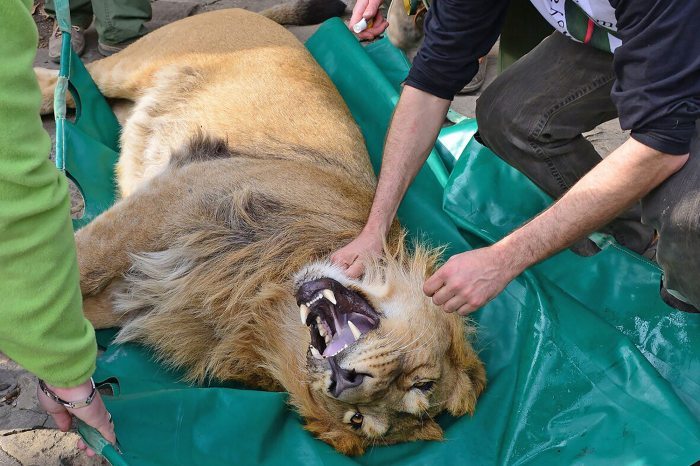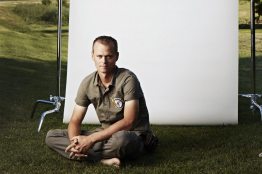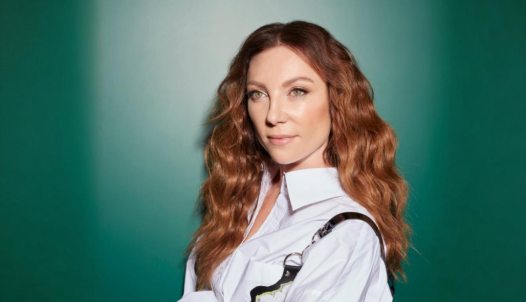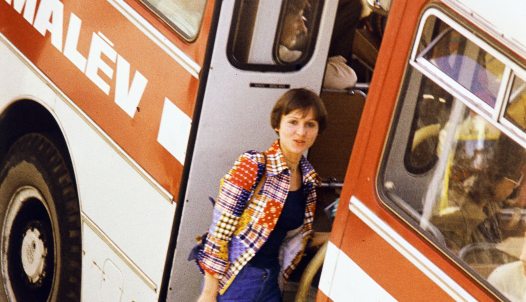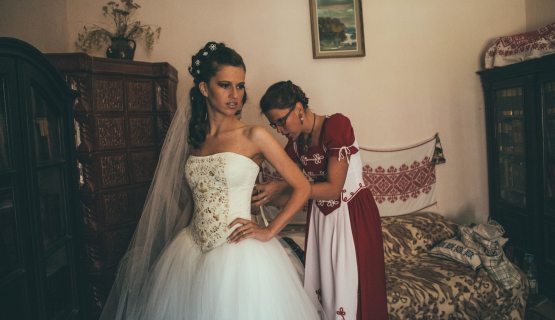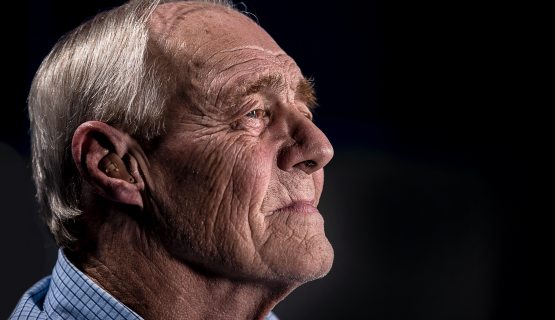"With the orangutan I felt that he understood: I was there to help him" – Dr Endre Sós has been responsible for the health of the animals at Budapest Zoo for 25 years
Maybe we can say that the Budapest Zoo is the second home of Dr. Endre Sós. He volunteered here as an undergraduate, has been responsible for animal health since graduation - for more than 25 years - and is currently the institution's Chief Veterinarian and Director of Animal Health. His role models are Gerald Durrell and Jane Goodall, whom he has met in person. He spends almost all his days with animals and believes that they should be respected as much as our fellow human beings.
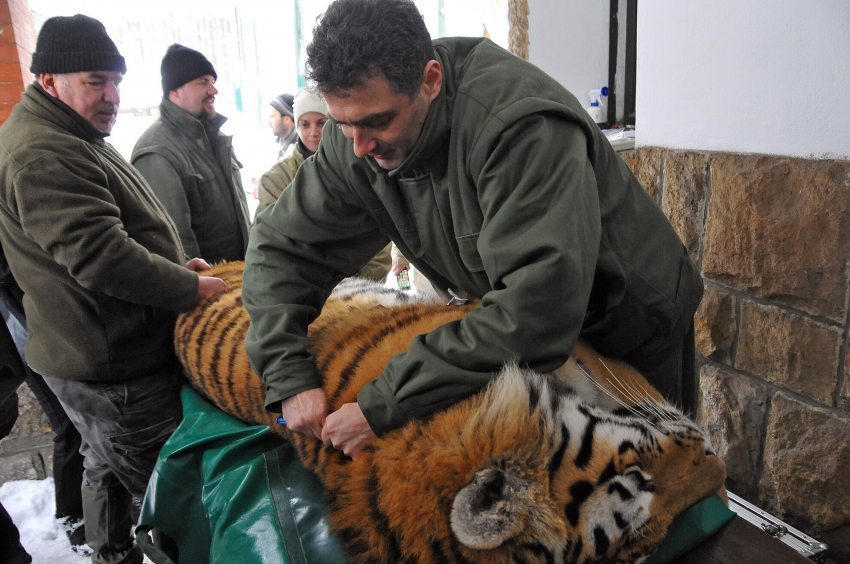
You have been taking care of the animals for more than a quarter of a century at the Budapest Zoo and Botanical Garden. How did you manage to find a job here in those days?
I have always loved animals, especially birds. I have been a birder since I was nine years old, I joined the Ornithological Society and I went to birding camps. In the middle of high school, I became interested in how the animal body works and thought it would be good to combine medicine and animal-loving, so I applied to the University of Veterinary Medicine. And the idea of working with wild animals came almost automatically. I have always been more interested in wild animals than domestic animals. At the beginning of my studies, I volunteered at the Budapest Zoo and said I would like to visit regularly. After that, I worked in all kinds of different capacities, for example as a self-employed person, and since 2000 I have been an employee of the Budapest Zoo.
Can you recall your first case as a junior doctor?
Many memories have flowed together, so I'd like to highlight one or two funny stories.
I was not careful enough at the beginning, and because of that a gibbon grabbed my coat and tried to pull me into the cage.
But there have also been occasions when, as a junior doctor, I missed the rear end of a resting kangaroo with a blowgun, even though it was quite large...
What does a day look like for you?
I wouldn't say we're bored. Every day is different, but what's constant is the morning meeting, when we discuss the day's tasks, make the rounds, go around the animal houses, and do the treatments that are in progress. Some animals need to be x-rayed, and blood taken, and there is at least one emergency clinical case every day. When I have a little time slot, I answer the many e-mails that come into my inbox every day, but sometimes I am teaching or dealing with my duties as the Chairman of the European Association of Zoo and Wildlife Veterinarians.
The Budapest Zoo and Botanical Garden is dedicated to the captive breeding and propagation of endangered species, and plays an important role in national and international conservation: we provide daily care for rescued animals and veterinary services for various conservation programs. Last year we took in a record number of animals, nearly 2,600. We give the animals everything they need to have an environment similar to their natural habitat.
How are operations on animals weighing several tonnes, such as elephants, carried out?
We can only bring animals weighing 250-300 kilograms into the clinic, such as a zebra, a big cat, or an adult gorilla. Elephants and giraffes are cared for in their own space, in their stables, although elephants and giraffes rarely need surgery.
A few years ago, we successfully performed jaw surgery on several giraffes, including a female, with the help of a bone surgeon. We lined the shed with straw bales so that we could lay the giraffe on them.
By the way, anesthesia is very dangerous in the cases of giraffes, but fortunately, there were no complications in these cases.
Most people are afraid of some kind of animal. How about you? Is there an animal that you dislike?
Luckily, there is no animal that I am scared of or dislike. I love all animals and believe that animals should be respected just as much as our fellow human beings. For example, I am particularly fond of frogs.
Have you ever been in a dangerous situation at work?
Fortunately, not really. There were a few times when we misjudged a situation and it could have been a bigger accident. The first thing I had to remind myself was that it is rare that an animal realizes that we are acting in its best interests.
What has been the most touching moment in your career so far?
For example, when we give up on an animal and it recovers, it is a touching and uplifting feeling, just like when we have successfully artificially inseminated a rhinoceros. Another example is with one of our lions, who had his ears completely split open, but after two operations he recovered nicely. This was another professional success that gave our team a new boost of energy.
Two years ago we were dealing with a Saker Falcon, which is a highly protected bird in our country. In the parent nest, one of the chicks must have been frightened by something during the fledging period, fell out of the nest and broke both legs. After it came into our care, we placed an implant in one of its legs and removed it when the bone healed. The other leg didn't require surgery, we just put a splint on it and after many weeks the saker made a full recovery. Of course, he had no idea that we had helped him, but when we released him, we were delighted and touched to see that we had done all we could.
How do the zoo animals relate to you and the carers?
They hate us mostly because, as I mentioned with the Saker Falcon, they have no idea that we want to help. They only see us sticking a needle in them or wanting them to do something unpleasant. I have only met one zoo animal in my career with which I had the feeling that it understood what I was doing to it. He is Chuij, our male orangutan who had to undergo life-saving abdominal surgery in 2006. The day after the operation, I listened to his abdomen to see if he had any bowel sounds, but he shifted the phonendoscope.
I started explaining to him, like to a child, that I wanted to help him and it wouldn't hurt. He then took my hand and put my hand back on his stomach. He knew I was there to help.
In other words, the barrier between doctor and patient has been broken. I understand that you also train animals regularly, but training in this case means something different from what it means for pet owners.
These are positive reinforcement training sessions that both contribute to the animal's well-being by exposing them to new stimuli and teaching them to cooperate with us on cues, such as letting us draw blood, stretching their legs, and so on. In this way, the animal accepts us as a partner to the maximum. If they do well, of course, we reward them - that's one of their main motivations.
What do you think is the first and most important thing to teach young children before they get close to animals?
It is advisable to approach an animal with a parent or someone who knows it well. We have zoologist colleagues who organize animal education and petting zoo programs. It is important that children learn as early as possible about animals and how to interact with them, and that they understand that animals too need time to become comfortable. If we show them at an early age how to hold a bunny, and how to pet a cat, I think accidents can be avoided. By the way, most animals don't like to be petted at all, to be more precise, it's more a matter of the individual and the species.
Monkeys love physical contact, rhinos love having their mammary glands scratched, and tapirs go into a trance when they are stroked behind the ears or on the neck.
At the beginning of the interview, you mentioned that as President of the European Association of Zoo and Wildlife Veterinarians, you also have a lot to do on a daily basis. What is the aim of the Association?
It is the largest organization in Europe, whose main aim is to help zoo and wildlife veterinarians to cure wild animals and to make specific decisions for the survival of wildlife. We organize professional training, mentoring programs, and conferences, and collaborate with other international organizations, some of our working groups produce technical material, but we also lobby Brussels when legislation is proposed that affects zoos. I was elected President in 2021 for a two-year term, and although it's a lot of work, it's very exciting.
